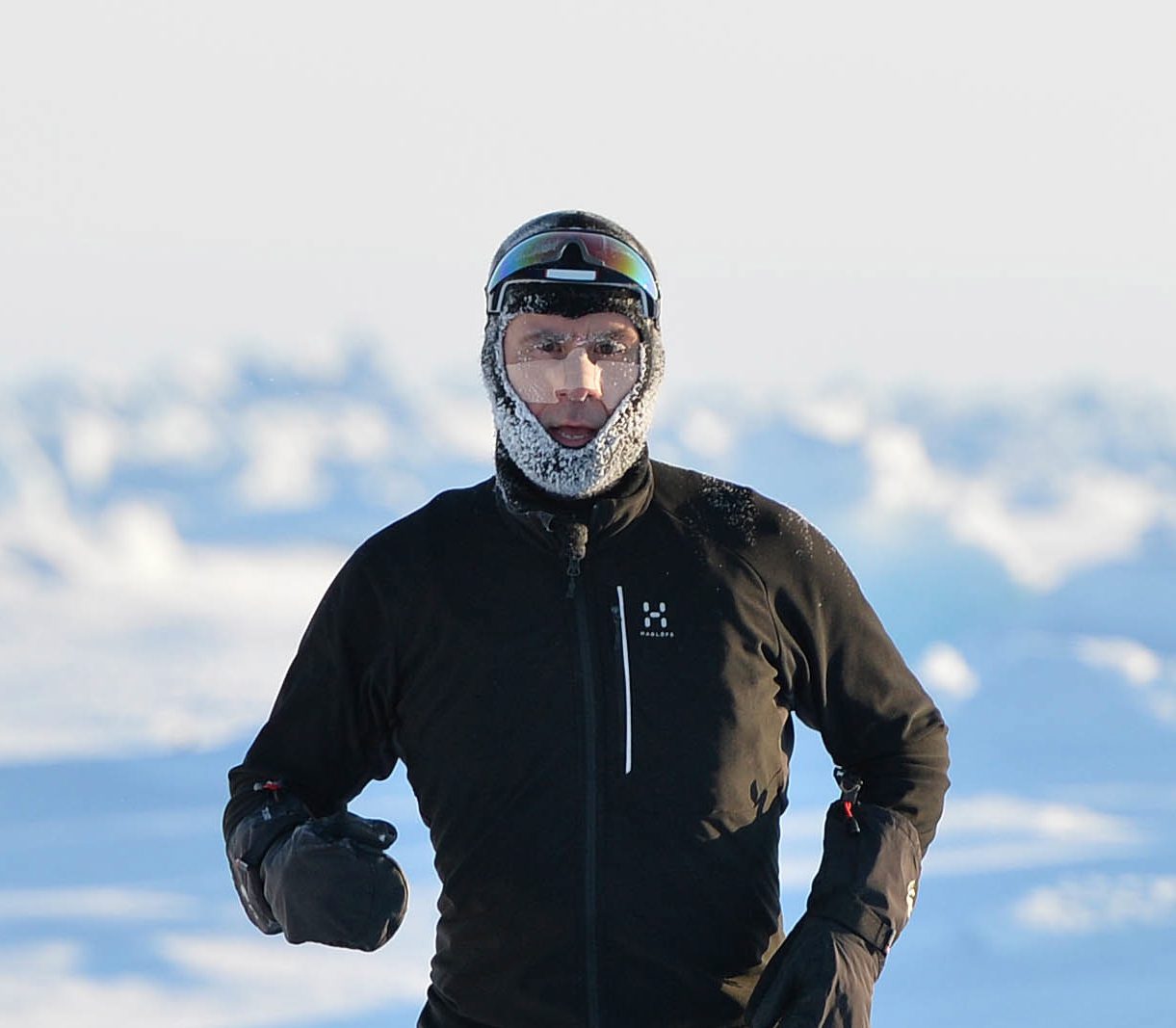It’s almost winter. And after a short season break most athletes are starting their winter programs. The focus of these programs normally lies on endurance and strength. As two of my three 2013 goals are “running only”-goals, I am trying to add much more running strength and endurance to my trainings. Here are some ideas to think about.
Low heart rate
My long trainings will be at low heart rate (approx. 65-70% of max.). This will allow my muscles to gain endurance the most effective way. With these long trainings, the body will increase the capacity to absorb oxygen.
Running without (sweet) nutrition
I also found out that by performing in the cellar of my speed band I don’t have to add carbohydrates. My engine is getting more efficient and it will learn to access other sources of energy. Ever done an easy and long sunday morning run without breakfast? For the real long runs I prefer to take something with low short chain sugar content with me. So there is no gel in advance but maybe one on the safe side in my back pocket (Winforce Energy Complex as a fallback or Winforce Carbo Basic Plus for an empty start).
Running up
Running uphill over long distances with moderate incline will help you to add more strength to your legs and work on your running technique as you’re running into the mountain and your upper body is looking more forward than running flat. I think that 3 to 5% is already a nice incline, allowing starters to enter and more ambitioned runners to run at a reasonable speed at low heart rate. But watch out your heartbeat, if it’s going up to fast, just walk at a solid pace in your range and go over to running the track becomes more flat or the heart-rate is too low.
or a bit slower with two tyres, as this Spartan is doing it.
The perfect mountain-tour
What goes up must come down. Try to find tracks allowing you to go up at least on the double of the distance you need to come down. The shorter but harder run downhill – if your knees can handle that – will force your already fatigued body to work with the beats coming up the upper legs and core area. In most forests you can choose the normal (car) route to go up and the fall line to come down. That’s also a very good moment to turn-up the engine a bit towards your threshold and development area two or three times for a few minutes each.
It can be fun, look at this …
Adding more strength
For my adventure on Iceland I’ll train with a backpack which I am going to fill step by step up to 12 kilos. This additional weight will make my training more effective and demand more power from legs and core. So, why not running with a backpack anyway? You can add weight or just a bottle of white wine for the summit. But start slowly, not this way 😉
Extra Long
With a spinning session in advance or a hard weight work-out you can enter your long jog pre-fatigued. This will help a lot to work on efficient running and core stabilisation. So why not investing the long summer bike ride time in a long winter brick training with spinning and a longjog outside.
Protein
After this type of training I normally don’t feel empty. So I don’t have to fill up the carbo reservoir. As my muscles worked a lot I am drinking a protein shake right after the training. Normally I’m doing a “mise en place” to drink it within a few minutes after the run, right before the stretching. It will help your muscles to regenerate and you wont be that sore the day after. Most of the “Regenerade” products have a very high content of carbohydrates. Go for the higher protein amount to support your muscles and have a good meal later 😉 Very effective is the Winforce Power Protein with more than 80% of high quality proteins.
Stretching
Investing 3 hours in a brick-training is a good thing. But don’t forget to add an additional 15 minutes for stretching your legs, core and back. A good example of relaxing but highly efficient stretching is doing it on the floor with a (yoga) belt. The efficiency of this type of stretching is very high as you’re stretching not only your full leg but also your “rear section” and your back. Varying the position of your leg (middle, lay down to one side, lay down to other side and over your other leg) makes it even more efficient and stretching the inside and outside part of your legs. Recovery really starts here.
After the recovery from my Achilles problems I am going to start mid of november with 90 minutes spinning, followed by running 90 minutes and 15 to 30 minutes of stretching and a bit of core training (almost all other weeks in a group HERE). Till spring I will add stepwise duration, backpack weight and uphill time to make the workout more and more effective. This will grow up my engine.
And there is an excellent article about it right here: http://the5krunner.com/2012/11/12/long-slow-runs-for-5k-so-i-need-to-bother-and-if-i-do-what-is-a-lsr/

And there is an excellent article about it right here: http://the5krunner.com/2012/11/12/long-slow-runs-for-5k-so-i-need-to-bother-and-if-i-do-what-is-a-lsr/
LikeLike